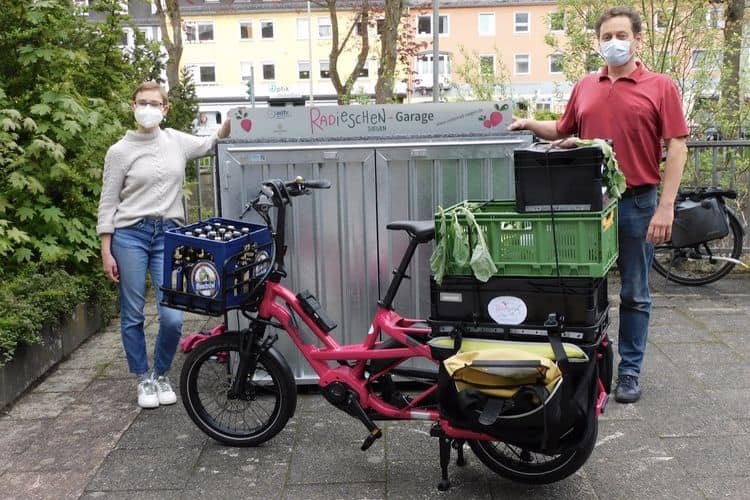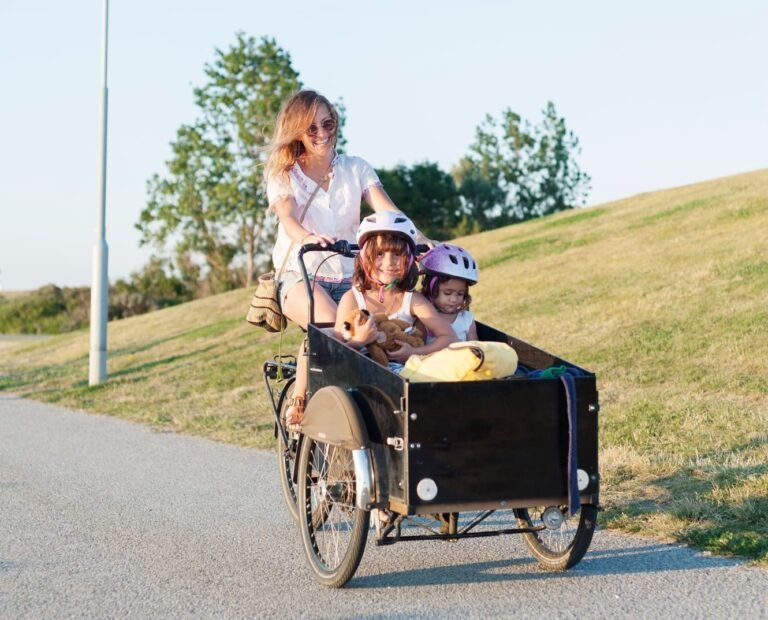For bicycle brands, ODM factories, and enthusiasts alike, bike frame paint is far more than cosmetic—it’s about protection, brand identity, and user trust. At Regen, we work closely with European and global B2B partners to ensure every frame not only performs—but looks and lasts the part. This guide demystifies frame paint: from its types and application methods to durability considerations, standards, and tips for OEM/ODM projects.
1. What Is Bike Frame Paint and Why Does It Matter?
Bike frame paint isn’t just visual—it performs multiple roles:
| Function | Description |
|---|---|
| Aesthetic Appeal | Colour, finish (matte/gloss), and design matching your brand identity. |
| Corrosion Resistance | Paint protects steel, aluminium, and alloy from oxidation and salt spray. |
| Mechanical Protection | Reduces risk of scratches, chips, UV degradation. |
| Consumer Perception | Smooth and consistent paint reflects build quality. |
For e-bike and cargo bike brands, frame paint is an important part of the user’s first impression and a differentiator in competitive B2B procurement.
2. Common Types of Bike Frame Paint
2.1 Liquid Paint (Solvent or Water-Based)
Liquid painting remains widely used, particularly for complex or multi-colour jobs. It’s applied by spray guns and cured in an oven.
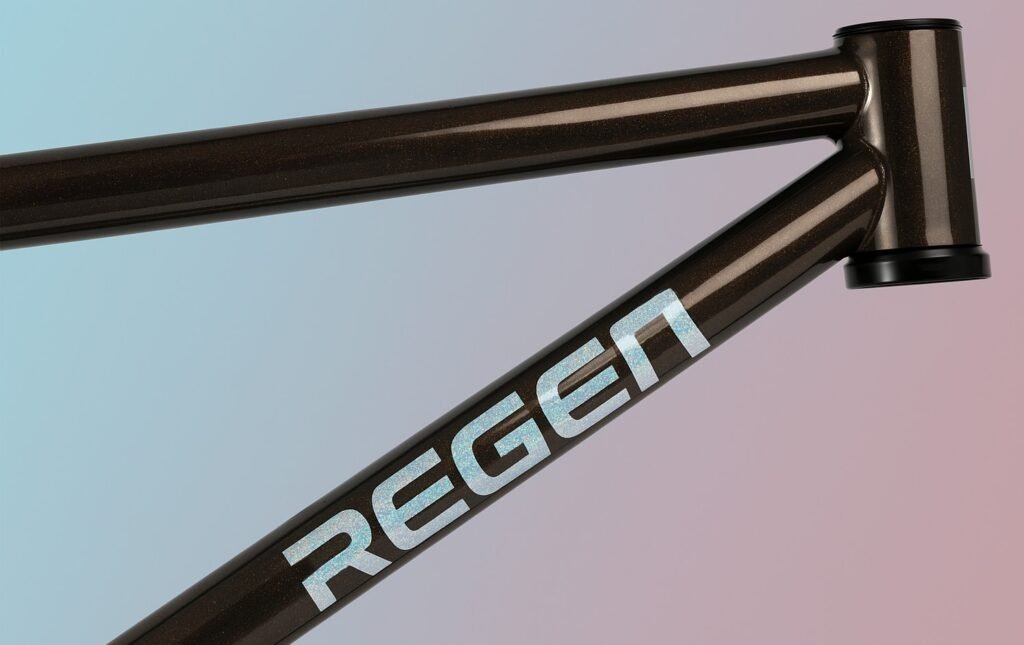
Pros:
- Wide colour options (Pantone, RAL customisable)
- Easy for small batches or intricate logos
- Good gloss/matte flexibility
Cons:
- More VOC emissions (solvent-based)
- Lower durability than powder coating
- Needs precise environmental control during curing
Use Case: Urban bike brands with custom graphics; small OEM batches needing frequent colour changes.
2.2 Powder Coating
Powder coating uses electrically charged powder particles that fuse into a protective layer in a high-temperature oven (~180°C).
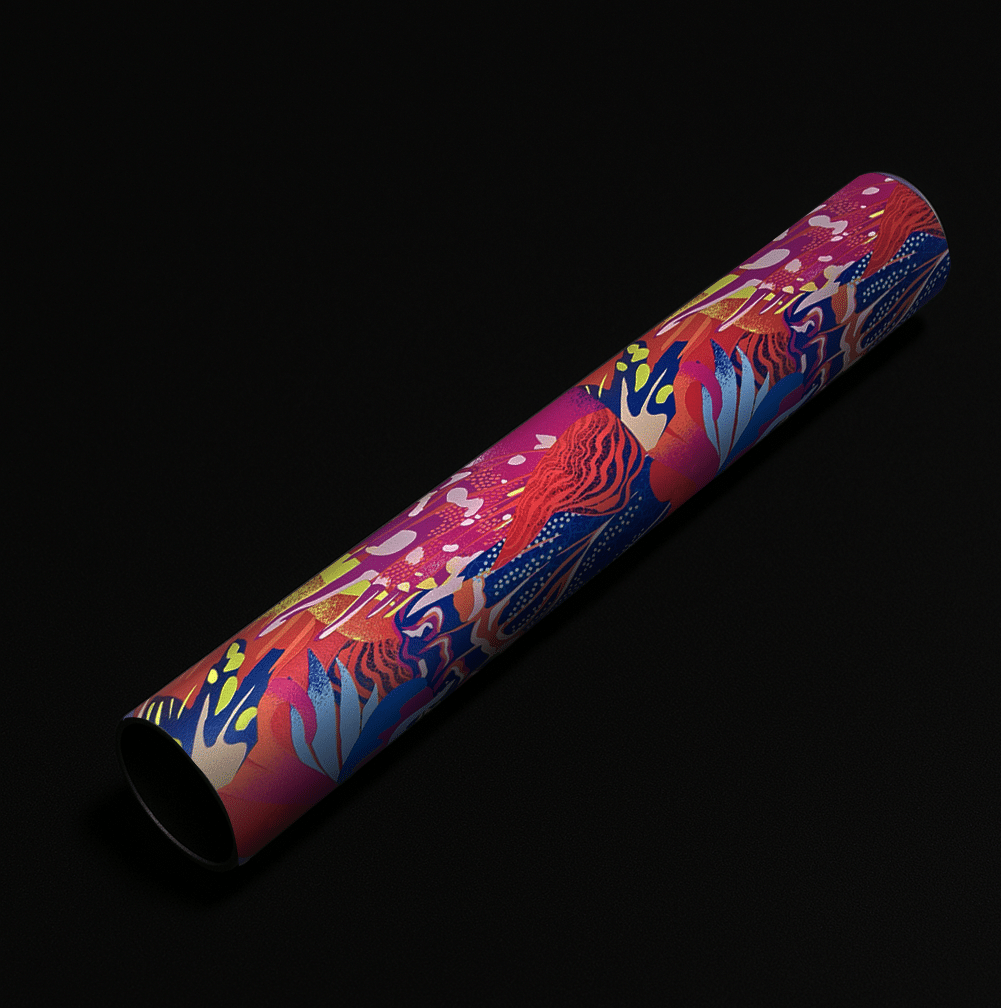
Pros:
- Excellent adhesion and impact resistance
- Uniform coating thickness (~80–120 μm)
- Zero VOC emissions
- Cost-effective for medium to large batch production
Cons:
- Limited ultra-fine detail control
- Not ideal for heat-sensitive parts (requires masking or removal)
Use Case: Most cargo bikes, utility e-bikes, and rugged MTB/trekking models.
2.3 Anodizing (Aluminium Only)
This is an electrochemical finish—not paint—that changes the surface of aluminium to improve hardness and corrosion resistance.
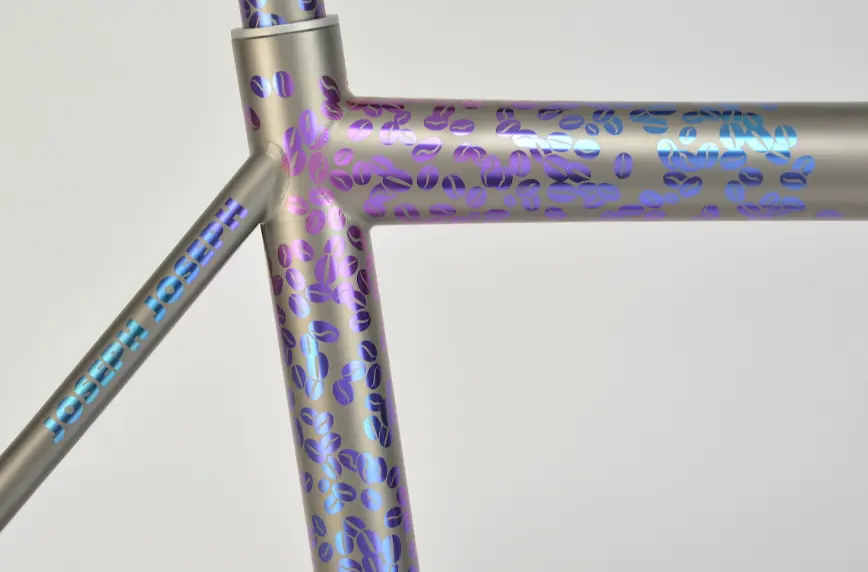
Pros:
- Natural metallic finish with colour options
- Extremely durable and fade-resistant
- Adds no weight or thickness
Cons:
- Only available for aluminium frames
- Limited colours and no complex designs
Use Case: Premium lightweight e-bikes with 6061-T6 or 7005 aluminium frames.
Explore more: Frame Materials Compared – Aluminium, Steel, Carbon
3. Painting Techniques: Spraying, Dipping, or Electrostatic?
| Technique | Description | Suitable Paint | Application |
|---|---|---|---|
| Spray Gun | Manual or automated air/airless spraying | Liquid or powder | Flexible, great for custom work |
| Electrostatic Spray | Charges paint particles to wrap around frame | Powder or conductive liquid | Uniform finish, good for mass production |
| Dip Coating (ED coating) | Frame dipped into electrically charged tank | Anti-corrosion primer | Used as undercoat for all steel cargo bikes |
Best Practice: Use ED coating as a base primer + powder coating as top layer for dual-layer corrosion resistance—especially for bikes operating in coastal regions.
Read More: Powder Coating vs. ED Coating – Which is Better for Cargo Bikes?
4. Multi-Layer Painting System Explained
A typical high-durability frame paint system involves:
- Surface Pre-Treatment – Sandblasting or chemical cleaning
- ED Coating / Primer – For rust protection and adhesion
- Top Coat (Powder or Liquid) – Colour and finish layer
- Optional Clear Coat – UV and scratch protection
This system meets EN ISO 12944 corrosion protection standards used across industrial coatings.
5. OEM Considerations: Paint for Branding, Durability, and Cost
For B2B clients working with Regen, we help balance aesthetics, cost, and lifecycle performance.
| Paint Type | MOQ Suitability | Branding Flexibility | Durability | Typical Cost |
|---|---|---|---|---|
| Liquid | Good for low-MOQ | Excellent | Medium | $$ |
| Powder | Better for 100+ units | Medium | High | $ |
| Anodizing | For aluminium only | Low | Very High | $$$ |
Brand Use Tip: Liquid + water decal + clear coat is best for fine graphics (e.g., logos or complex designs); powder is better for solid brand colours and high-volume SKUs.
🎨 We offer custom Pantone matching and decal application, including UV-cured logos and retro-reflective paint for safety models.
6. EU & Industry Standards for Frame Painting
E-bike and cargo bike frames—especially those sold in Europe—must follow certain standards to ensure coating quality and safety:
| Standard | Description |
|---|---|
| EN ISO 9227 | Salt spray testing for corrosion resistance |
| EN ISO 12944 | Corrosion protection level (C1 to C5) |
| RoHS & REACH | Restriction of hazardous substances in coatings |
| DIN 79010 / EN 17860 | For cargo bikes—includes finish durability expectations |
Regen Cargo Bike conducts both in-house and third-party testing (e.g. TUV, SGS) to certify our frames for corrosion resistance and surface hardness.
7. Tips for a Long-Lasting Finish
- Always apply primer before topcoat (especially for steel)
- Avoid sharp edges or weld spatter—they cause weak points in paint adhesion
- Cure powder coating properly—too short or too hot leads to brittleness
- Use UV-resistant pigments for sun-exposed regions
- Request salt-spray testing for high-humidity usage areas
For bike share or commercial fleet bikes, we recommend minimum 500-hour salt spray resistance, and impact resistance of 2–4 Nm (ISO 6272-1).
8. Common Defects and How to Avoid Them
| Defect | Cause | Prevention |
|---|---|---|
| Orange Peel | Incorrect spray gun settings or curing | Calibrate spray pressure & oven temperature |
| Flaking | Poor surface prep or thin coat | Sandblast and maintain minimum thickness |
| Fading | Low UV resistance | Use certified pigments |
| Bubbling | Trapped air or moisture | Pre-bake frame to remove moisture |
| Uneven Gloss | Uneven curing or inconsistent powder | Monitor oven airflow and application rate |
Whether you’re a brand designing your next-generation e-bike, or a B2B client seeking reliable OEM painting services, understanding your bike frame paint options is critical. The right paint not only preserves your investment—it strengthens your brand identity and user experience.
At Regen, we don’t just paint—we engineer coatings for durability, compliance, and appearance. Our team is ready to help you choose the right finish system for your next frame batch—whether you’re ordering 20 units or scaling to thousands.
Let’s discuss your next frame painting project → Contact Us
Reference List
- ISO 12944. (1998). Paints and varnishes – Corrosion protection of steel structures by protective paint systems.
- EN ISO 9227. (2017). Corrosion tests in artificial atmospheres – Salt spray tests.
- DIN 79010:2020-02. (2020). Cargo bikes – Requirements and test methods.
- EN 17860:2023. (2023). Cycles – Cargo bikes – Safety requirements and test methods.
- Powder Coating Institute. (2021). Powder Coating Technical Papers.
- REACH Regulation (EC) No 1907/2006.
- RoHS Directive 2011/65/EU.

